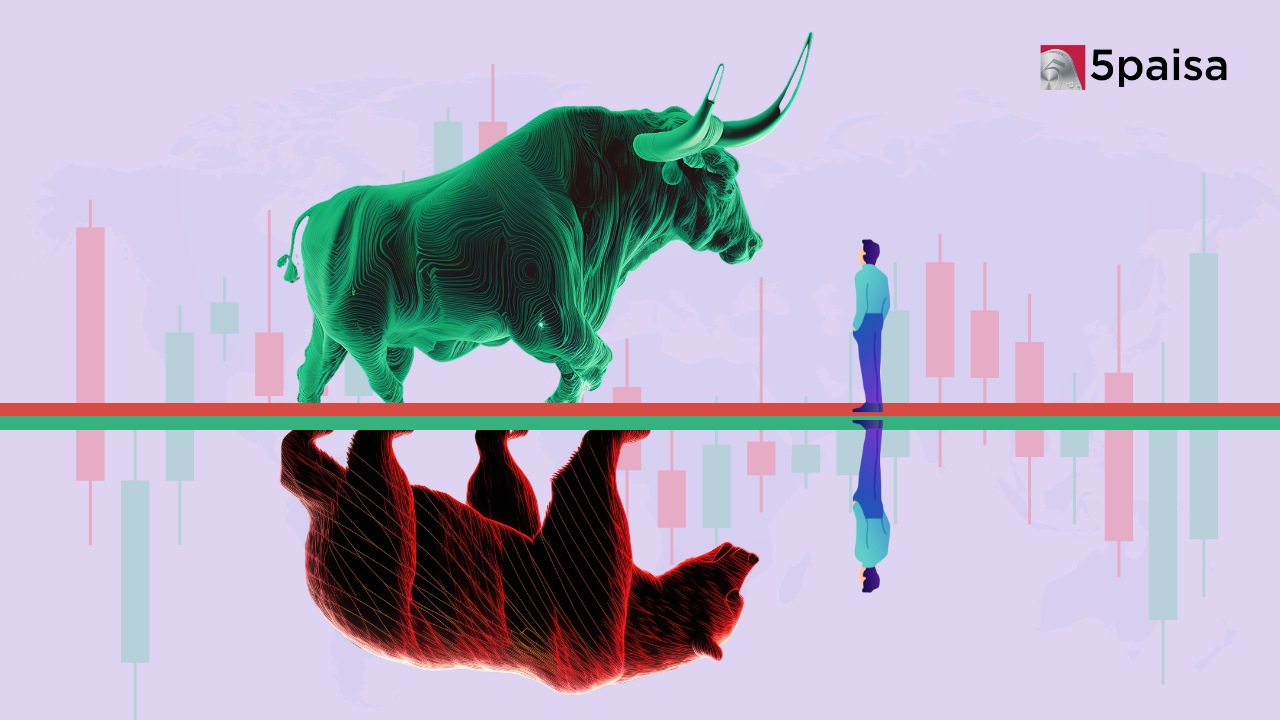iThe current values are delayed, open demat account for live values.
BSE IPO
BSE IPO Performance
-
Open
13,868.41
-
High
14,053.96
-
Low
13,659.98
-
Prev Close
13,889.29
-
Dividend Yeild
0.03%
-
P/E
55.96

Color code for Stocks Performance
- 5% and above
- 5% to 2%
- 2% to 0.5%
- 0.5% to -0.5%
- -0.5% to -2%
- -2% to -5%
- -5% and below
Constituent Companies
| Company | Market Cap | Market Price | Volume | Sector |
|---|---|---|---|---|
| Afcons Infrastructure Ltd | ₹16639 Cr |
₹450
(0.51%)
|
153492 | Infrastructure Developers & Operators |
| Carraro India Ltd | ₹1999 Cr |
₹352
(0%)
|
0 | Auto Ancillaries |
| Dam Capital Advisors Ltd | ₹1728 Cr |
₹244.45
(0.2%)
|
0 | Stock/ Commodity Brokers |
| R K Swamy Ltd | ₹1110 Cr |
₹214.2
(0.91%)
|
6021 | Miscellaneous |
| Aadhar Housing Finance Ltd | ₹16442 Cr |
₹380
(0%)
|
27736 | Finance |
BSE IPO Sector Performance
Top Performing
| Sector Name | Percentage Change |
|---|---|
| IT - Hardware | 0.36 |
| Healthcare | 0.09 |
| Dry cells | 0.77 |
| Real Estate Investment Trusts | 0.52 |
Under Performing
| Sector Name | Percentage Change |
|---|---|
| Diamond, Gems and Jewellery | -0.7 |
| Leather | -0.39 |
| Ceramic Products | -0.27 |
| IT - Software | -0.74 |
BSE IPO
A BSE IPO is when a company offers its shares to the public for the first time on BSE. This is a way for the company to raise money by selling ownership stakes. Investors can buy these shares and if the company does well their value can go up. IPO is an opportunity for people to invest in a company at an early stage and earn a profit if the company grows. After the IPO shares are traded on BSE allowing investors to buy and sell them. It’s a way for companies to get public investment and for people to invest in new opportunities.
S&P BSE IPO Index includes 54 stocks from 14 different sectors such as Finance, FMCG, Healthcare, and IT. It was launched on 24 August 2009 with a base value of 1000 starting from 3 May 2004. BSE IPO index is calculated using a modified market cap-weighted method and updated in real time. It’s rebalanced monthly with each stock capped at 20%. Managed by the S&P BSE Index Committee which operates under Asia Index Private Ltd a joint venture of S&P and BSE Ltd, the index is available in two currencies INR and USD. For USD, exchange rates are provided by Refinitiv. There is also a variant called S&P BSE IPO TR for both currencies.
What is the BSE IPO Index?
BSE IPO Index tracks the performance of select companies on Bombay Stock Exchange after their initial public offering (IPO), focusing on their first year of trading. It includes 54 stocks from 14 sectors such as Finance, FMCG and IT. Launched on 24 August 2009 with a base value of 1000 and a base date of 3 May 2004. It uses a real time modified market cap-weighted method, rebalanced monthly with a 20% cap per stock. Managed by S&P BSE Index Committee under Asia Index Private Ltd, it is calculated in INR and USD, with the USD rate from Refinitiv.
How is the BSE IPO Index Value Calculated?
Index value = Index Market Value / Divisor
Index Market Value = Price * Shares * IWF (Float Factor) * AWF
AWF = Additional weight factor helps maintain stock weight constraints.
Divisor after rebalancing = Market Value after rebalancing/ Index Value before rebalancing.
This method ensures that the index reflects real-time performance based on the latest market movements.
BSE IPO index tracks the performance of new stocks listed on BSE. Companies are weighted based on their free float market cap which only includes shares available for trading excluding those held by insiders. There are limits to ensure no single stock dominates the index. Companies must have a free float market cap of at least ₹100 crores to be included those falling below this threshold on the third day of listing are removed.
BSE IPO Index Scrip Selection Criteria
BSE IPO share price is calculated by weighting its 54 stocks based on their float adjusted market value, using a divisor method. For a stock to be included in BSE IPO index it must be listed on Bombay Stock Exchange and based in India. It should have a minimum free float market capitalization of ₹1 billion (100 crores) on its first and third day of trading. Stocks are removed from the index after one year. The index must always have at least 10 stocks if there are fewer, the removal of stocks is delayed until a new eligible stock is found. Only common stocks are included and follow on public issues are not eligible.
How does BSE IPO Index work?
BSE IPO Index tracks the performance of newly listed companies on Bombay Stock Exchange or BSE that have gone public through an Initial Public Offering. When a company first offers its shares to the public, it's added to this index. The index measures how these IPO stocks perform over time. If the prices of these stocks go up, the index value increases if they drop, the index value falls. It's a way to gauge how well recent IPOs are doing compared to the overall market.
S&P BSE IPO Index is unique in India as it focuses solely on the performance of newly listed IPO companies. It includes 54 stocks from 14 different sectors, such as Finance, FMCG, Healthcare, and IT. Launched on 24 August 2009, the index provides a broad view of the market by covering various industries and tracking how these new companies perform after their initial public offerings.
What are the Benefits of Investing in the BSE IPO?
Investing in the BSE IPO Index can be a smart move for several reasons:
1. Strong Performance: BSE IPO Index has performed very well compared to other major indices like the BSE 500. It has consistently grown over time which suggests that it's a strong performer in the market.
2. High Returns: This index tracks the performance of companies that have recently gone public. Since it's grown from a base value of 1000 to over 16,773 it shows that these new companies have done well, which could lead to high returns for you if you invest based on this index.
3. Reliable Management: BSE IPO index is managed by the Bombay Stock Exchange which is one of the most reputable stock exchanges in the country. It means you can trust the information and updates you get about the index.
4. Regular Updates: BSE IPO Index is updated regularly, so you get current and accurate information to make informed investment decisions.
What is the History of the BSE IPO?
BSE IPO Index was launched in 2009 by Bombay Stock Exchange to track the performance of companies that have recently gone public through Initial Public Offerings. This index was created to provide investors with a tool to monitor how well these new stocks are performing in the market. BSE IPO Index includes companies for one years after their IPO after which they are removed and newer IPOs are added to the index. BSE IPO index helps investors understand the overall performance of IPOs and gauge the market's interest in newly listed companies. It's like a scorecard that reflects how well new stocks are doing after they start trading on the stock exchange.
Other Indices
| Indices Name | Price | Price Change (% change) |
|---|---|---|
| India VIX | 14.53 | -0.15 (-1.02%) |
| Nifty 10 Yr Benchmark G-Sec | 2477.38 | -3.81 (-0.15%) |
| Nifty 10 Yr Benchmark G-Sec (Clean Price) | 893.06 | -1.58 (-0.18%) |
| Nifty 100 | 23274.05 | -137.35 (-0.59%) |
| Nifty 100 Alpha 30 Index | 16085.8 | -230.85 (-1.41%) |
Faqs
How To Invest in BSE IPO Stocks?
You can add top performing BSE IPO Index stocks to your portfolio or invest in schemes that track the index. Investors can also participate in new IPOs launched on BSE.
What are BSE IPO stocks?
BSE IPO Index includes 54 stocks that have recently been listed on Bombay Stock Exchange. This number can change because companies are removed from the index after they have been traded for one year.
Can you trade shares on BSE IPO?
Yes, you can trade shares of companies listed on BSE IPO Index after they go public. Once a company launches its IPO and gets listed on Bombay Stock Exchange, its shares become available for trading on the open market, just like any other publicly traded stock.
In which year was the BSE IPO Index launched?
BSE IPO Index was launched in 2009 by Bombay Stock Exchange. It was created to track the performance of newly listed companies following their Initial Public Offerings providing investors with insights into how these new stocks are performing in the market.
Can we buy BSE IPO and sell it tomorrow?
Yes, you can buy a stock from BSE IPO Index and sell it the next day. It is called short term trading.
Latest News
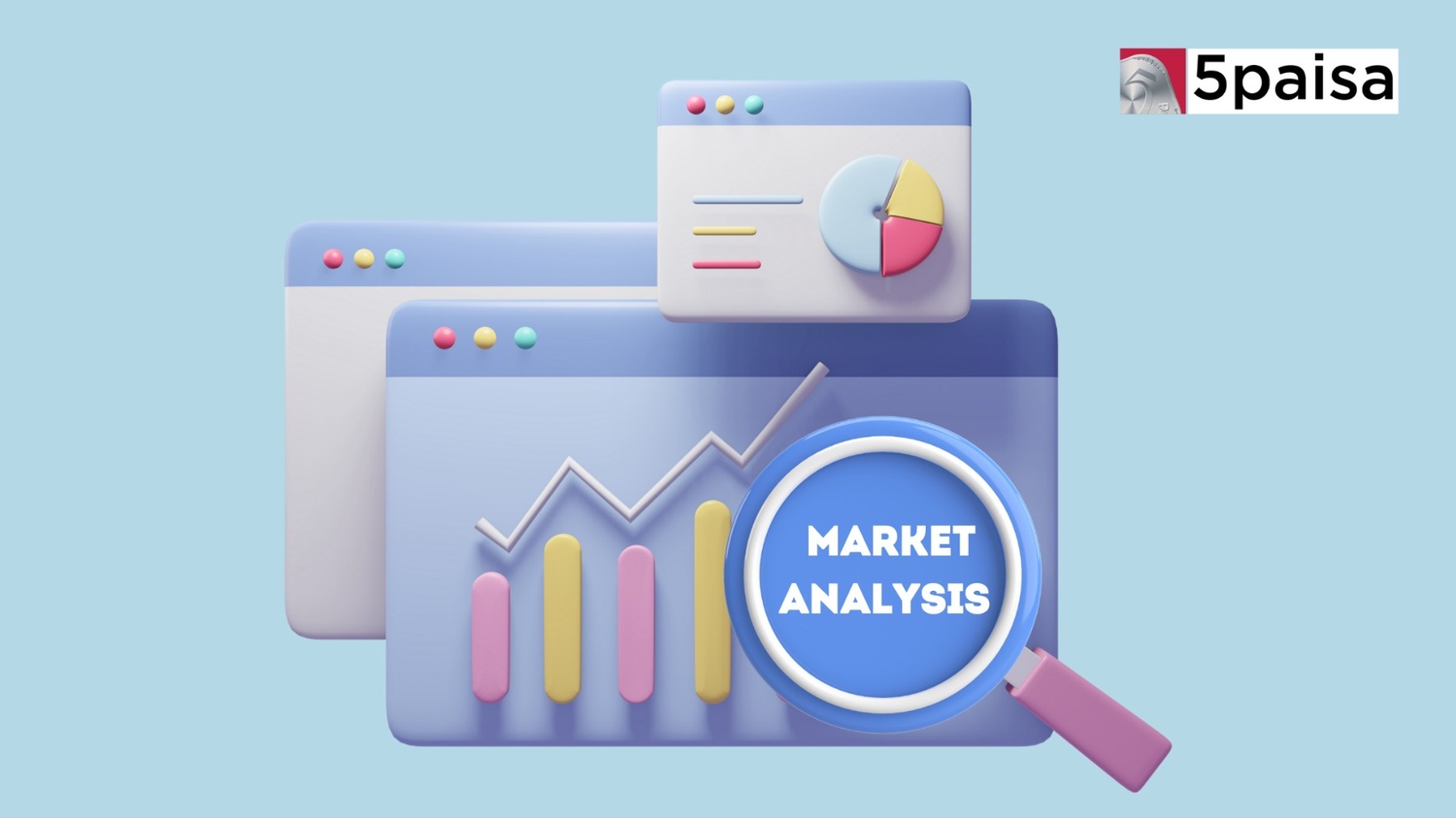
- Feb 21, 2025
Indian stock markets ended in the red as key indices faced pressure from auto and financial stocks. The Sensex fell 424 points to close at 75,311, while the Nifty slipped 117 points to end at 22,795. The sell-off was led by the auto sector, which tanked 2.5% following reports of a potential reduction in import duties on EVs.
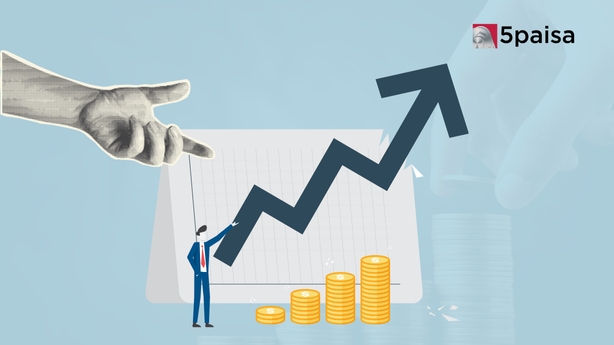
- Feb 21, 2025
The ownership structure of India Inc. is experiencing a significant transformation, with foreign portfolio investors (FPIs) reaching their lowest stake in NSE-listed companies in 13 years. In contrast, domestic mutual funds (MFs) and retail investors are making substantial gains.
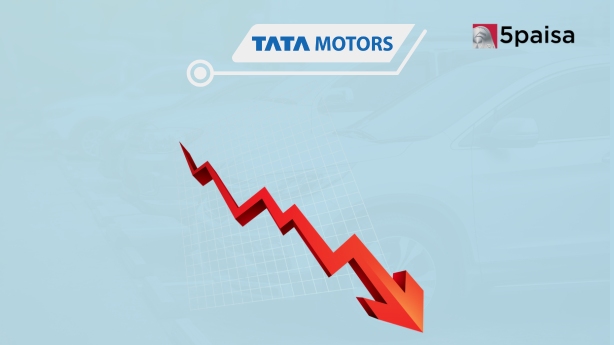
- Feb 21, 2025
Amid reports of senior executives departing Tata Motors Ltd. ahead of its planned demerger, the company’s stock faced significant selling pressure during Friday’s early trading session. Tata Motors' share price opened lower at ₹686 per share on the NSE and quickly dropped to an intraday low of ₹673.30 within the first hour of trading.

- Feb 21, 2025
Regulated entities must cultivate the necessary capabilities to adapt to and adhere to evolving regulations, stated Rajeshwar Rao, deputy governor of the Reserve Bank of India (RBI), on February 21. As financial institutions increasingly adopt artificial intelligence (AI), cloud computing, and API-driven finance, the demand for strong governance frameworks and risk management strategies has never been more critical, he noted.
Latest Blogs
Introduction to Ashish Kacholia Ashish Kacholia's financial journey began in the 1990s. He gained valuable experience at firms like Prime Securities and Edelweiss before founding Lucky Securities in 1995. In 1999, he co-founded Hungama Digital with Rakesh Jhunjhunwala, showcasing his ability to spot emerging trends.
- Oct 10, 2025

Navigating the numerous banking options in India is essential for individuals and businesses alike. The best banks in India go beyond traditional banking, offering a wide array of financial services that play a crucial role in the country's economic stability. From innovative digital banking solutions to comprehensive investment and loan offerings, these famous banks in India serve as reliable financial partners.
- Apr 14, 2025

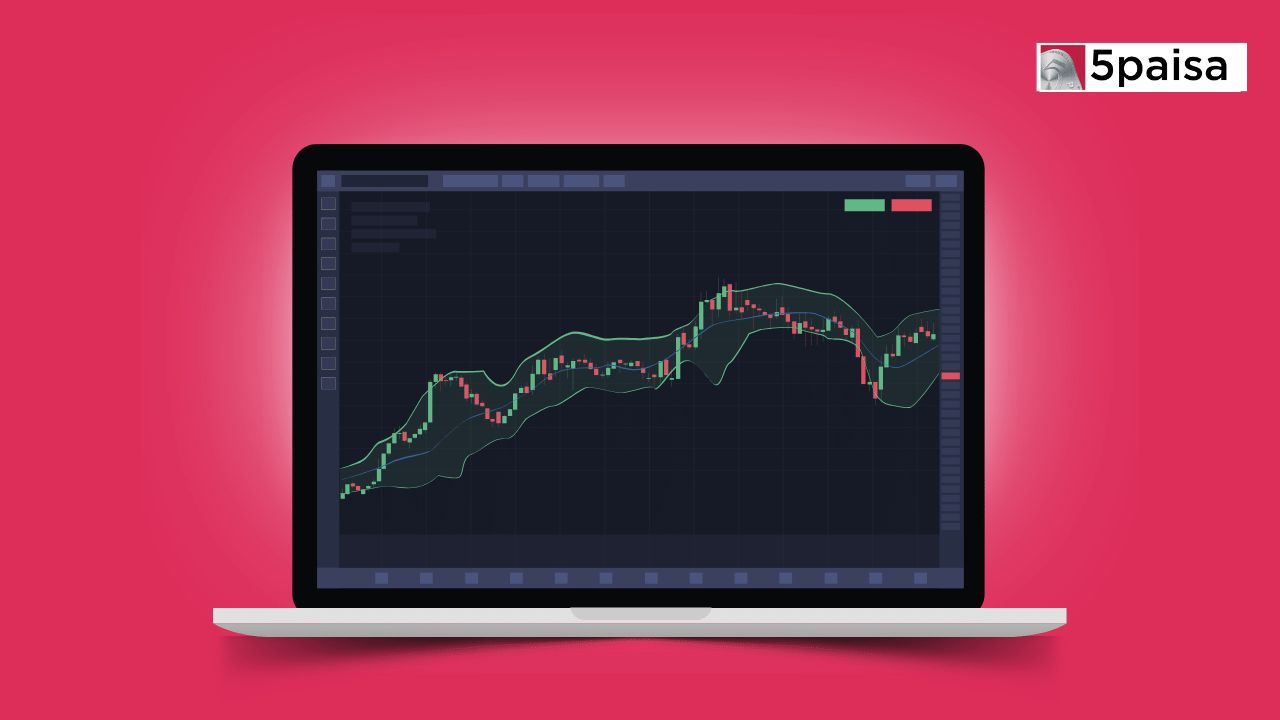
Nifty Prediction for 24th February Another weak day for the NIFTY as it falls 0.6% and closes marginally below 22800. Auto stocks corrected sharply on concerns over a new EV policy that could increase competition. M&M was the top loser at -6%. TATAMOTORS also corrected 2.5%. ADANIPORTS AND WIPRO were among the other top losers. On the other hand, HINDALCO, SBILIFE AND TATASTEEL bucked the trend and were up 2-2.5%. ADR was weak at 0.3 and indicates a broadbased correction.
- Feb 21, 2025
